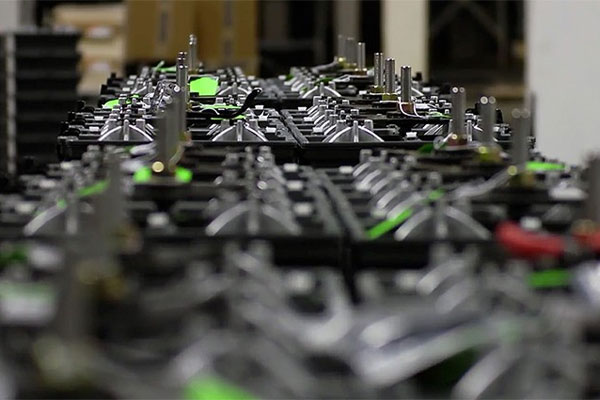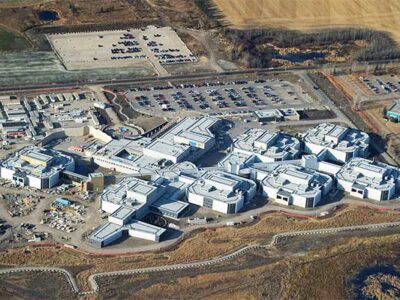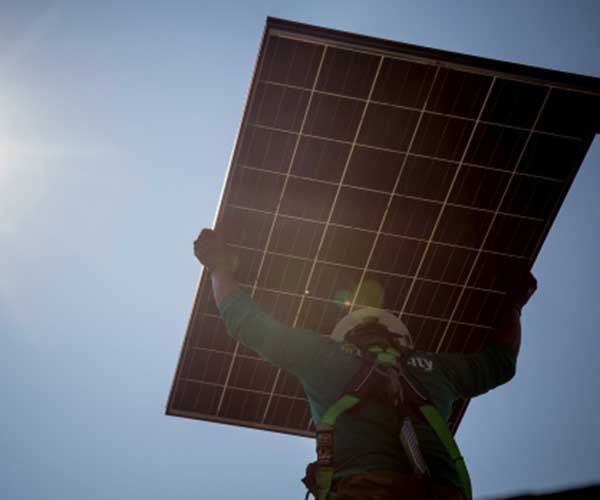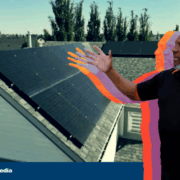1. Solar Self-Consumption: A solar system for my home is already a major investment… why would I want to add energy storage to that?
A very common (and valid) question from homeowners… what in the world can I do with batteries in my home that justify the extra hassle and expense of them? On the surface, most people instantly think of playing the energy arbitrage game: buy energy to charge my batteries when power is cheap and discharge when my utility is charging me a much higher price.
That is certainly one job that batteries can perform for a homeowner, but not the only job that batteries can perform. For example, did you know that properly installed systems can also:
A. Provide backup power for critical loads (refrigerators, pumps, alarm systems, coffee makers (in my case)) in the case of power outages. If sized properly with PV, a home could run at reduced loads for extended periods of time in scenarios where a natural disaster causes major power disruptions.
B. Store any extra solar power that is generated during daytime hours when most household loads are less than what is being generated. In this scenario you are storing your own, free, energy for use later.
C. Take certain loads or entire rooms of your home completely off the grid—a workroom, the office, garage, etc.
D. In some areas, allow your utility access to your energy storage system to provide critical services to grid operators to maintain system stability and, generate revenue, based on the dispatch of your system.
While batteries are not new technology, the concept of residential energy storage is still a burgeoning application in the marketplace. As more and more time goes on, there will be more and more applications for energy storage.
Batteries are an excellent hedge against changes to utility rate structures—because we can all agree that what you pay your utility per kWh of electricity is not going to be reduced anytime soon (if ever).
Installing energy storage alongside your PV ensures a reliable, clean, and cheaper source of power for years to come—reducing reliance on your local utility, increasing your power insurance in case of outages, and taking more control of your expenses—all while having a positive impact on the environment. A winning proposition all the way around for many homeowners.
2. Backup Power & Islanding: Power outages are surprisingly common for homeowners in the US.
This is especially true in densely populated states like California, Texas and New York. For instance, California alone had over 400 outages in 2015, and nationwide over 13 million people were affected by blackouts lasting an hour or more.
So what’s to blame?
Population growth and an aging power infrastructure, much of which has been in service since the 1950’s without significant upgrades, are two key factors. However, some of the worst blackouts in recent memory have resulted from severe weather events: “Superstorm” Sandy in 2012, which left over 6 million east coast residents without power for several days, is probably the most well-known example, but each year since then has seen multiple storms causing outages for hundreds of thousands of people at a time.
As the climate continues to warm, severe weather events are happening more frequently, and the increased strain on the grid in general means outages are a problem that are not going away in the foreseeable future.
Many homeowners installing solar assume that their panels will provide power in the event of a blackout, but the reality is that most residential solar installations are grid-tied only, meaning the panels need a functioning power grid in order to work.
It seems counterintuitive, but without an inverter (the part of the system that converts DC power from the solar panels to AC power for loads in the home) capable of “islanding”, or isolating the home from the power grid at large, your solar panels won’t power your home through a blackout.
In addition, solar panels only generate power for 6-8 hours a day in even the sunniest places (Southern California, Hawaii, etc.). So, if you’d like to be protected from outages around the clock, you’ll still need either a generator or…. (you guessed it) batteries!
While generators have their benefits (mainly cost), batteries have a number of advantages for backup power when coupled with solar panels. First, generators rely on fuel, and in the event of a severe weather event or natural disaster, fuel isn’t always easy to come by. Diesel shortages were common following Hurricane Sandy, for instance. Plus, natural gas lines may be disrupted in the event of an earthquake.
If that happens, not even gas-powered generators are guaranteed to work. Second, generators are mechanical systems that require regular maintenance, and since they tend to be used sparingly, you might not find out there’s a problem until you’re already left in the dark.
While it may be cost-prohibitive for some homeowners to install an energy storage system that will power their entire home, it’s common to break out power for a few critical loads (refrigeration, some lights, a few outlets, maybe A/C) and power only those circuits from the solar + battery system in the event of an outage, giving you some calm before, and during, the storm.

















Comments